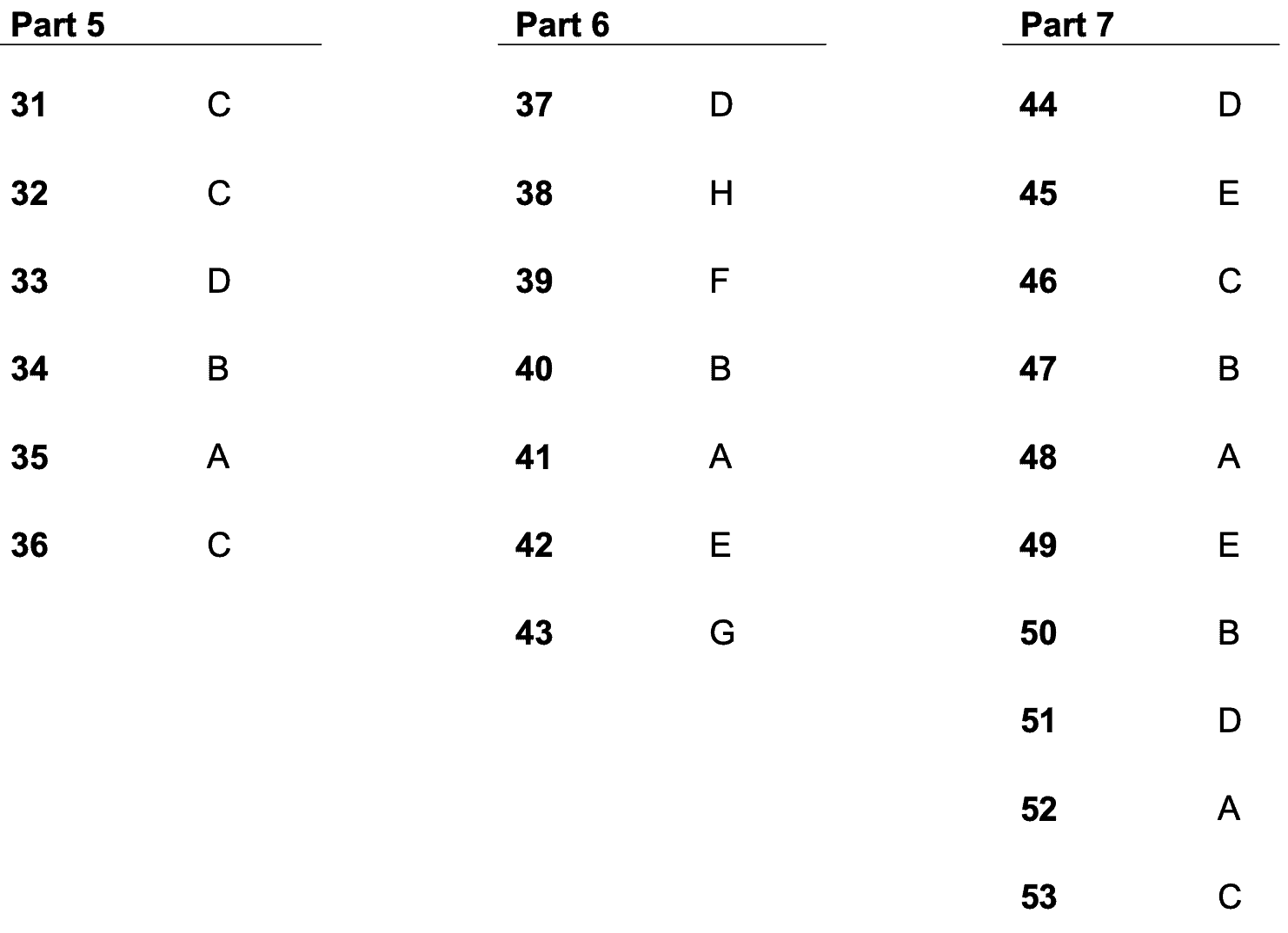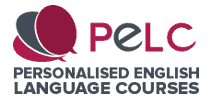C2 Proficiency Reading – TOP Tips to ace this section of the exam
In recent times, I’ve completed many C2 Proficiency practice examination Reading and Use of English tasks in an effort to challenge and develop myself as a teacher of English. The Use of English section appears together with the Reading section in what is known as the C2 Proficiency Reading and Use of English Paper. I've also recently prepared a complete guide to the C2 Proficiency Use of English section so do check it out.
This post details the three task types in the Reading section of the paper. I also provide an abundance of tips as to how you can achieve the highest mark possible for each task.
What task types make up the Reading section of the C2 Proficiency Reading and Use of English paper?
The Reading and Use of English paper contains seven parts. There are a total of 53 questions, with 72 marks availeble. The Use of English section consists of parts 1, 2, 3 and 4, while the Reading section comprises parts 5, 6 and 7:
5. Multiple choice
6. Gapped text
7. Multiple matching
C2 Proficiency Reading - Part by Part
Now let’s focus our attention on each individual task type found in the Reading section. I will describe the task types in more detail and give some tips as to how you can achieve the highest possible mark for each task:
Part 5 - Multiple Choice Task [6 questions / 12 marks]
Part 5 of the C2 Proficiency Reading and Use of English paper tests candidates’ detailed understanding of a long text. Six 4-option multiple-choice questions, with two marks available for each correct answer, accompany the text.
Essentially, candidates need to read the text closely to understand precisely what the writer is saying and in order to distinguish between similar viewpoints or reasons in the options.
The questions are presented in the same order as the information in the text. As for the final question, it usually depends on being able to interpret the text as a whole, e.g. the writer’s purpose, attitude or opinion.
What does the Multiple Choice Task test?
The Multiple Choice task tests candidates’ on their ability to understand and interpret the content and subtleties of a longer text. Questions may focus on any of the following (see Harrison, 2013, p.16):
- detail - understanding of complex pieces of information and/or ideas which are clearly stated in the text.
- opinion - understanding of opinions expressed or referred to by the writer.
- attitude - understanding of feelings described in the text which either the writer or someone the writer refers to expresses.
- purpose - recognising what the writer is attempting to achieve in the text or a certain section of it.
- main idea - identifying the gist or the main topic of what is said in the text or a section of it, in contrast to minor points or details which exemplify general points.
- tone - determining from the style of the text or a section of it the impression the writer wishes to convey.
- implication - interpreting what is not directly stated in the text but which instead is strongly suggested in such a way that it is obvious that the writer’s intention is for the reader to make certain inferences.
- exemplification - understanding how a point made in the text is illustrated with examples.
- reference - comprehension of what words, phrases or sentences in the text refer to or relate to elsewhere in the text.
- imagery - understanding why certain images are used, or how specific effects are achieved by the writer so as to show similarities and differences between things.
With reference to all of the points above, it’s vital for you to have excellent deductive skills. Deduction refers to the act of drawing logical conclusions based on the information that appears in a text.
How long should candidates spend on part 5 of the C2 Reading and Use of English paper?
I recommend candidates to spend between 15-20 minutes on part 5 of the C2 Reading and Use of English Paper.
An Example of a Multiple Choice Task
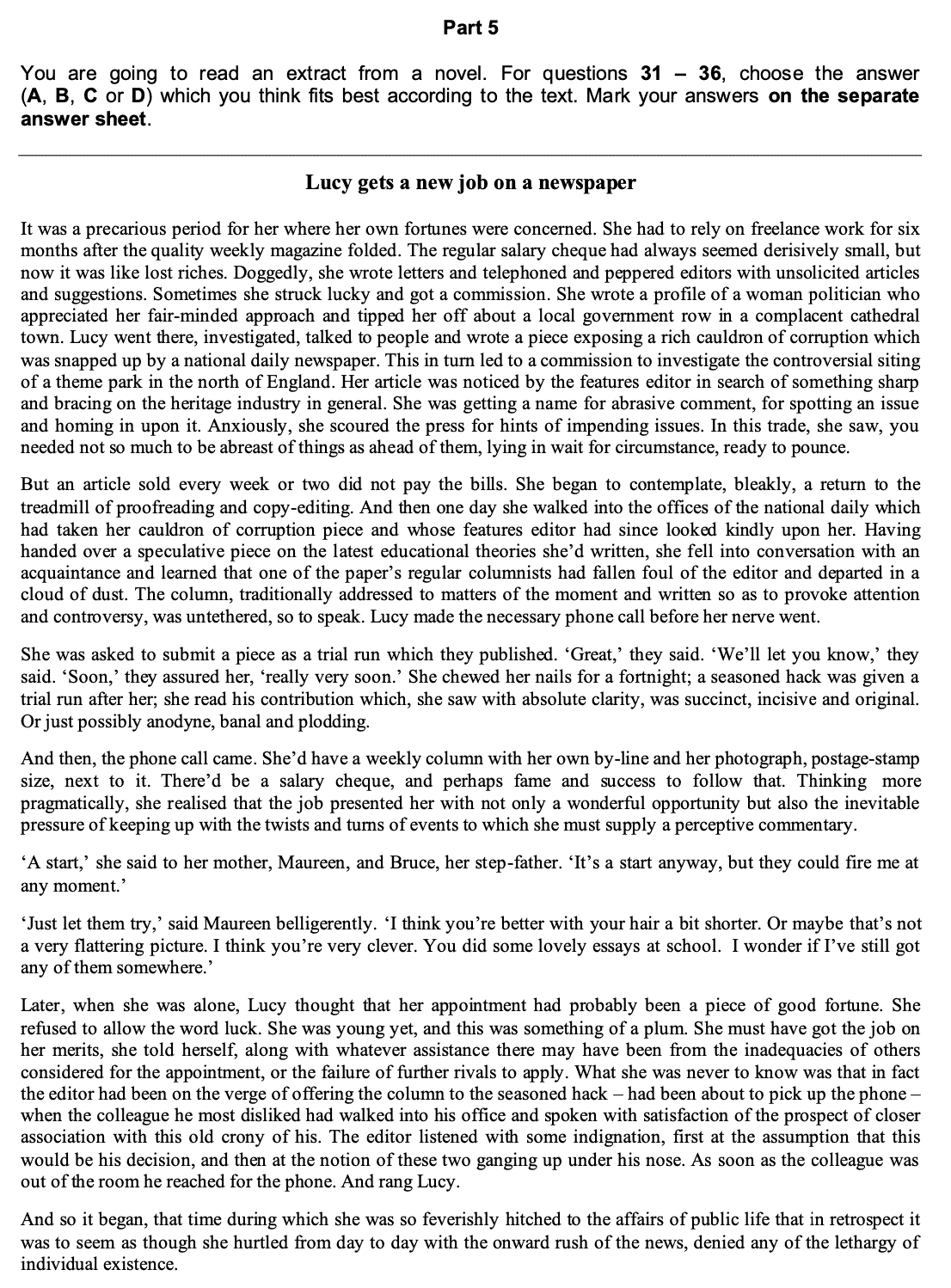
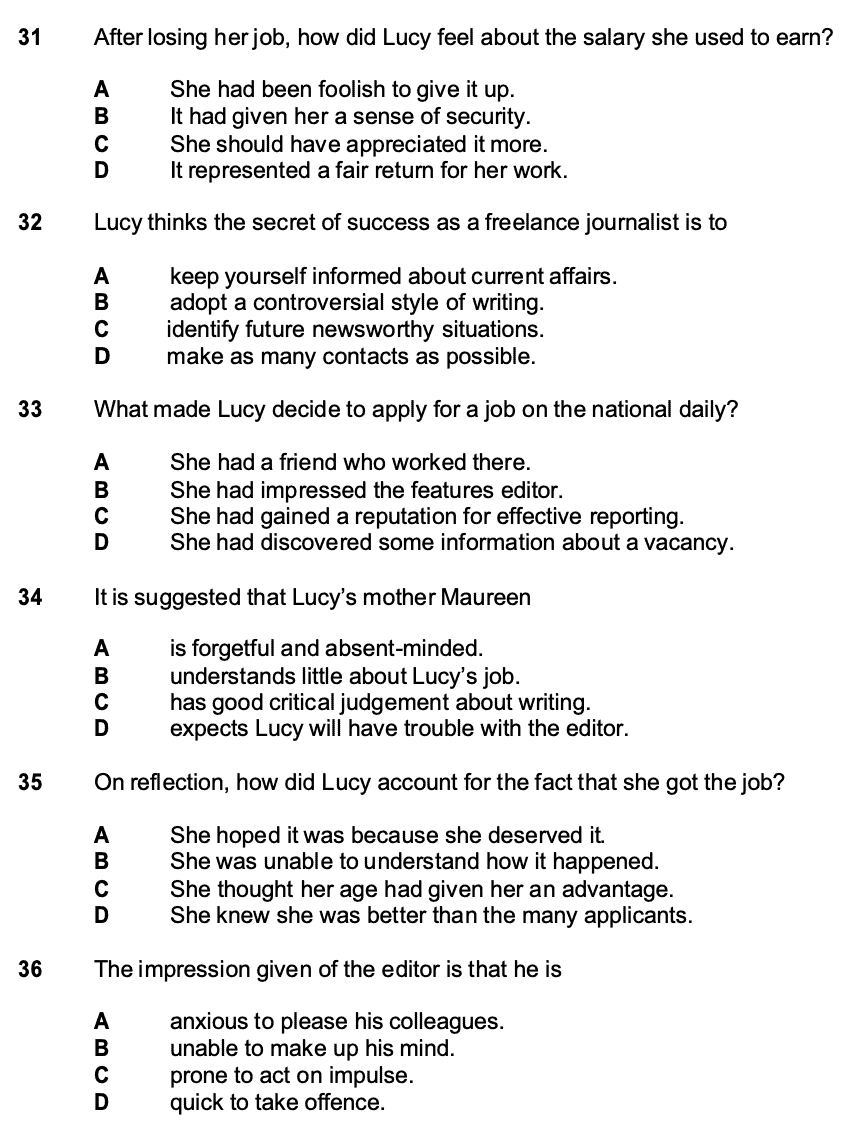
Cambridge English Reading and Use of English Sample Test 1
Tips for acing part 5 of the C2 Reading and Use of English Paper
In order to prepare learners for the C2 proficiency reading section of the exam, I’ve completed very many authentic examination Multiple Choice tasks in recent weeks. The following tips follow on from my experience tackling those part 5 practice tasks:
1. Don’t be too hasty - Skim through the whole text
It’s important that you skim through the whole text quickly before you attempt to answer any questions. This will give you an idea of what the text is about and allow you to approach the questions with some comprehension of the text. Don’t be tempted to start answering the questions too hastily. If you do this, you may become confused by what you discover later in the text and have to start all over again, thus wasting precious time.
2. The questions appear in the order they do for a reason
The questions follow the order of the text. It is generally the case that each question relates to each succeeding paragraph. i.e. question 1 is connected with the first paragraph. Occasionally, however, questions may relate to the entire text. The last question is usually a ‘summary’ question which is associated with the whole text.
3. Refrain from reading the multiple-choice options straight off the bat
It is a wise tactic to read each question and then look at the relevant paragraph without reading the options. Identify the sentence, clause or keywords which you think answer the question. You can then check the options and hopefully spot the answer right away. This tactic should also help you to eliminate the incorrect options more easily.
4. It only takes one, two or three keywords to help you to deduce and make inferences
I recently tackled an article about the history of blogging, also taken from an authentic examination paper in a book compiled by Cambridge English Language Assessment.
The question below refers to the final paragraph of the text. However, I have included the last two paragraphs for contextual reasons:


Cambridge English Proficiency: Certificate of Proficiency in English 2, 2015, pp.14-15
Even though we learn that Armstrong had previously taken risks as a blogger, such as by mocking vice presidents at a company she worked at, the final paragraph reveals that she had changed her ways as a blogger later on in her career.
For me, the key words in the final paragraph are ‘managed self-revelation’. In other words, bloggers can share their private thoughts but they must do it with a reasonable amount of self-control. Therefore, options B and D immediately stand out. Even though the ‘safe’ topic of mommy blogging is mentioned, the final paragraph doesn’t really touch upon the recommendation that bloggers should ‘avoid controversial subjects’ (option D). Therefore, option B - blogging safely and successfully - is firmly associated with ‘managed self-revelation’. In other words, you can still be successful as a blogger if you don’t go overboard with the amount of personal information you divulge. According to the author, blogging ‘safely’ is more linked with greater discretion and self-restraint as opposed to the amount of personal revelation a blogger is willing to share.
5. Don’t choose the most appealing option
Related to the point I made above about the appeal of options B and D in regard to Armstrong’s later career, it’s vital to remember that more than one of the options provided may be correct according to what is stated in the text. Nevertheless, only one of the options will correctly answer the question that is asked. The tricky thing about some of the options is that the wrong option may mysteriously be the most appealing option. In the following example, I was almost tempted to choose the option which is superficially true, even though it does not directly answer the question. The option I am referring to is option A. Option B is correct:


Cambridge English Proficiency: Certificate of Proficiency in English 2, 2015, pp.34-35
Just because Edison used the word ‘failed’, and the word ‘failure’ appears in option A, you need to look beyond what is superficial and examine the context and all of the surrounding sentences more closely.
It appears that Edison held the opinion that we have to experience failure in order to be successful. However, he didn’t explicitly make this point. Edison did say that “every wrong attempt discarded is another step forward.” This viewpoint, together with the phrases “try harder” and “spend longer”, all point towards option B and the view that optimists achieve success through persistence.
Part 6 - Gapped Text [ 7 questions / 14 marks]
The third of the C2 Proficiency Reading tasks, and part 6 of the Reading and Use of English paper, tests candidates’ understanding of text structure and their ability to follow text development.
Essentially, this part consists of a single text, from a range of sources, which has had seven paragraphs removed. These paragraphs appear in jumbled order after the text. Candidates must decide from where in the text the paragraphs have been moved. To make things more challenging, there is one extra extract which does NOT fit in any of the gaps.
In simple terms, candidates have to select from eight options the correct extract to fit in each of the seven gaps in the text. There is only one correct option for each gap, with two marks awarded for each correct answer. There is no example answer.
Candidates need to read the gapped text first so as to gain an overall idea of the structure and meaning of the text. They should pay careful attention to the information and ideas before and after each gap as well as their development throughout the whole of the gapped text.
What does the Gapped Text Task test?
The Gapped Text task tests the following skills:
- cohesion - the relationship of the words/sentences and paragraphs to each other.
- coherence - each paragraph must fit in so that it makes sense in terms of the meaning of the previous and/or next paragraph.
- text structure - each paragraph must fit in as it flows logically at that particular point in the text with regard to its line of development (for instance, the argument being made, and the series of events being described);
- global meaning - each paragraph must fit in because it can only be put in that place in terms of the meaning of the text as a whole.
How long should candidates spend on part 6 of the C2 Reading and Use of English paper?
Candidates may find that they need to spend AT LEAST 20 MINUTES on part 6 of the C2 Reading and Use of English Paper.
An Example of a Gapped Text task
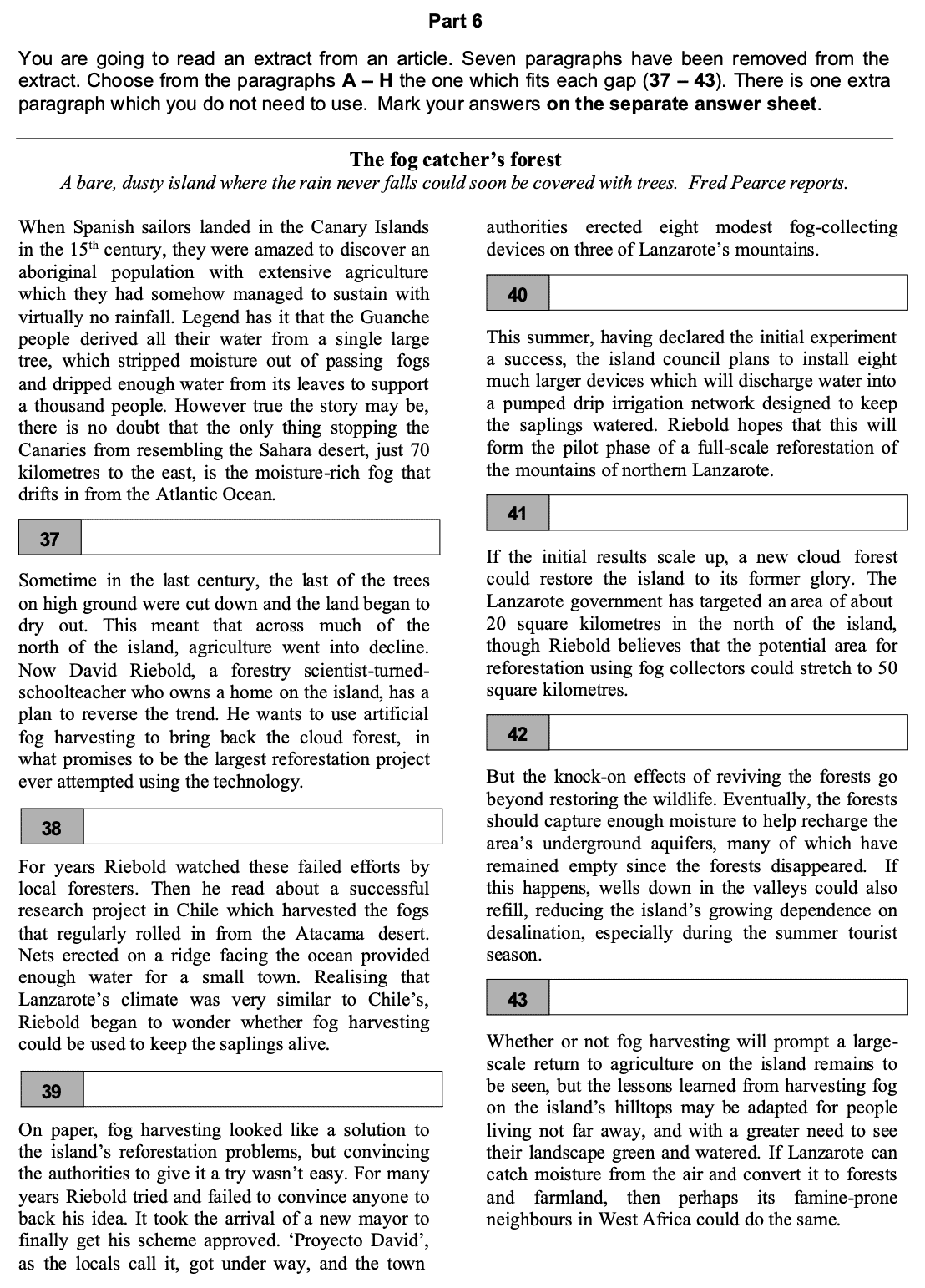
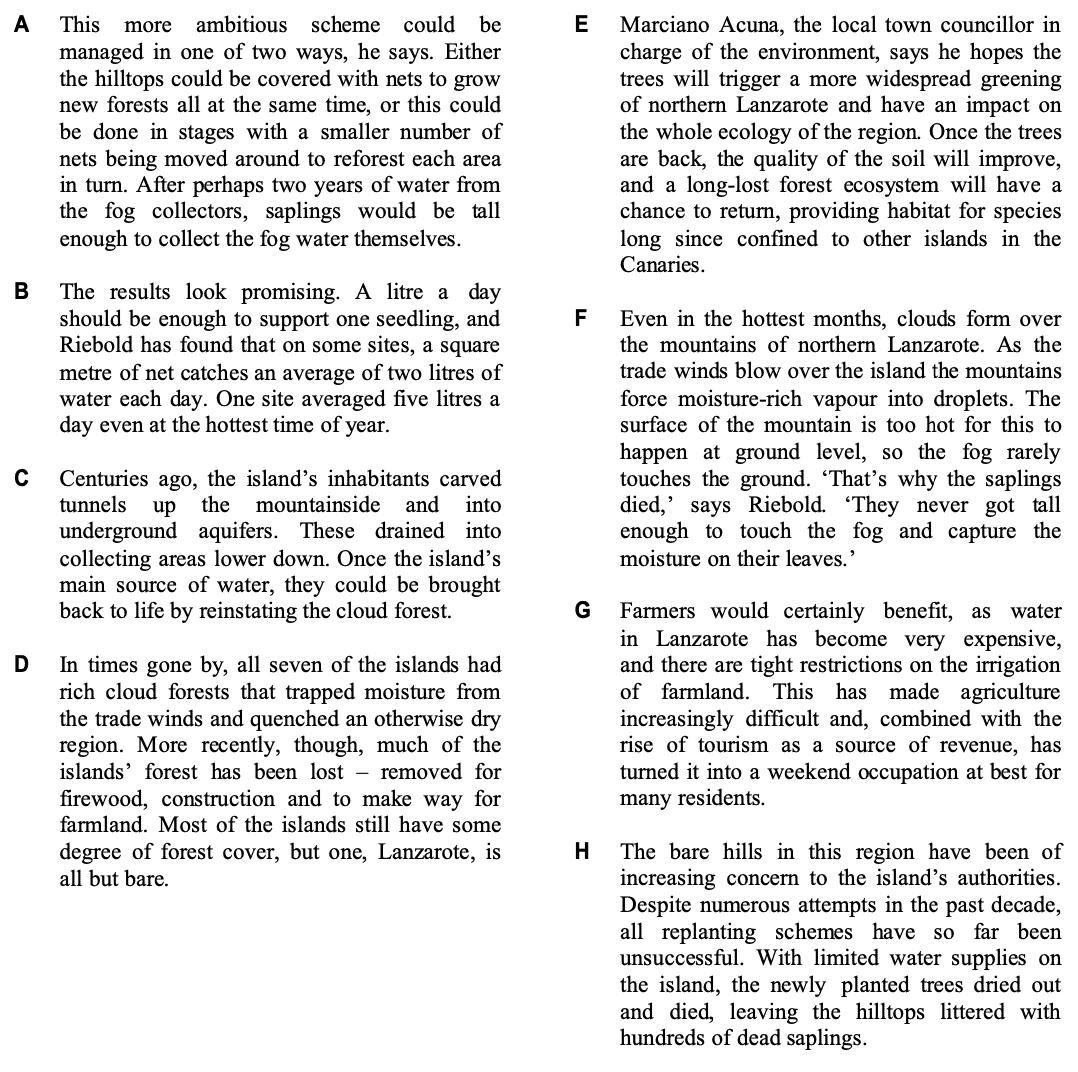
Cambridge English Reading and Use of English Sample Test 1
Tips for acing part 6 of the C2 Proficiency Reading and Use of English Paper
Based on my experience of completing several authentic examination Gapped Text tasks in recent weeks, here are some tips based on my encounters with those part 6 practice tasks:
1. Subject links - Pay attention to the information and ideas before and after each gap as well as throughout the whole of the gapped text
When selecting paragraphs to fit in the gaps, it’s vital that you pay careful attention to the information and ideas before and after each gap as well as throughout the entire gapped text. Candidates often select the wrong paragraph by choosing options which may fit the text before the gap. However, they neglect to check that the text after the gap follows on smoothly.
In the example text above, paragraph H fits the second gap (38). Showing paragraph H as well as the paragraphs preceding and succeeding it will enable me describe the continuity of information and ideas between the three paragraphs:
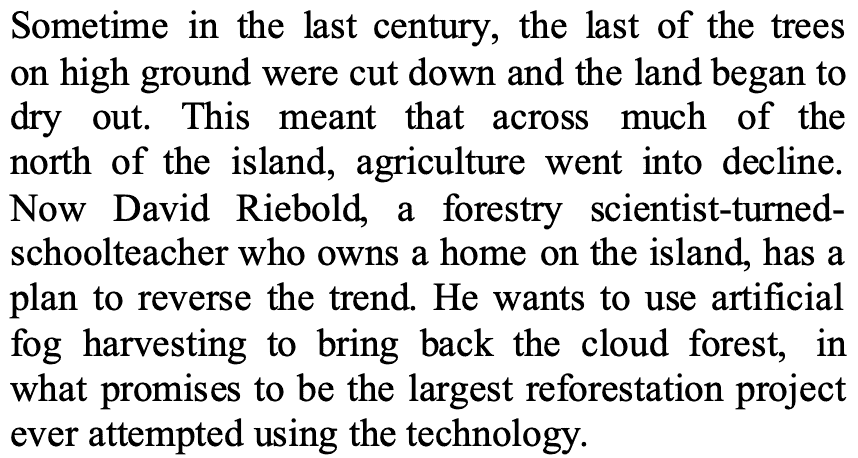

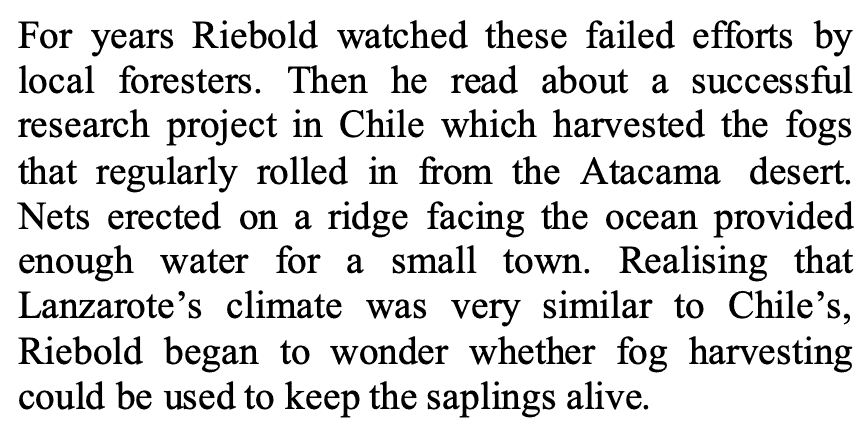
First of all, let’s relate extract H to the paragraph preceding it. In the first paragraph beginning with ‘Sometime’, it’s possible to make several subject links with the following paragraph (H). First of all, there is a shift in focus away from the island of Lanzarote as a whole. Instead, the first paragraph makes reference to the “north of the island” (i.e. a region), while the second paragraph (H) refers to “this region”. Therefore, we can at least discount those extracts which allude to Lanzarote itself and the islands which make up the Canaries (e.g. paragraph D).
The northern region of Lanzarote is not directly referenced in the third paragraph. Consequently, we need to find another subject link. The most obvious one is the “unsuccessful” planting schemes (paragraph H) and “failed efforts by local foresters” in the third paragraph.
A third subject link concerns the first and third paragraphs out of the three paragraphs we’re focusing on here. In the first paragraph, Riebold’s plan to use artificial fog harvesting is mentioned. The writer then returns to this project at the end of the third paragraph.
Overall, there are at least three very concrete subject links across three successive paragraphs in our sample Gapped Text task.
2. Grammatical links - The clues are in the language
In addition to the presence of subject links across paragraphs, you also need to look out for grammatical links from one paragraph to the next. Features to pay attention to include pronouns, parts of speech (e.g. nouns and verbs) and verb tenses.
The first two or three paragraphs from our sample text are rather dominated by the past simple tense. In the opening paragraph, the author sets the scene, taking us back to the 15th century with several past simple verb forms, such as landed, amazed, managed and dripped. One of the main reasons I successfully selected extract D for the first gap was because of the continuing emphasis on the past in that extract with past simple verb forms (e.g. had and quenched) and one very revealing past time adverbial (In times gone by).
Another reason that paragraph D fits in the first gap (37) is due to the shift from the past simple to the present perfect tense (has been lost). Essentially, the writer decided at this point to connect the historical background of how cloud forests and fog trapped moisture from the trade winds to the present.
3. Last but not least - the extra paragraph
As a final check, ensure that the extra unused paragraph does not fit in any of the gaps. If it appears to fit, you will need to check all your answers carefully again to establish where you have gone wrong.
Part 7 - Multiple Matching Task [ 10 questions / 10 marks]
The final C2 Proficiency Reading task, which is part 7 of the Reading and Use of English paper, consists of a single page of text divided into sections and a set of 10 questions. The text is divided into four to six sections - the options.
Candidates have to match the prompts (i.e. questions) with the relevant information (i.e. sections) from the text. In order to do this, they need to grasp detail, attitude or opinion in the questions, and locate a section of text where each idea is expressed.
There are three main text types for this part:
- a single text divided into sections;
- different people giving their views on a topic;
- extracts from a single text, such as a book or long article.
How long should candidates spend on part 7 of the C2 Reading and Use of English paper?
Candidates should not need to spend longer than 20 MINUTES on part 7 of the C2 Reading and Use of English Paper.
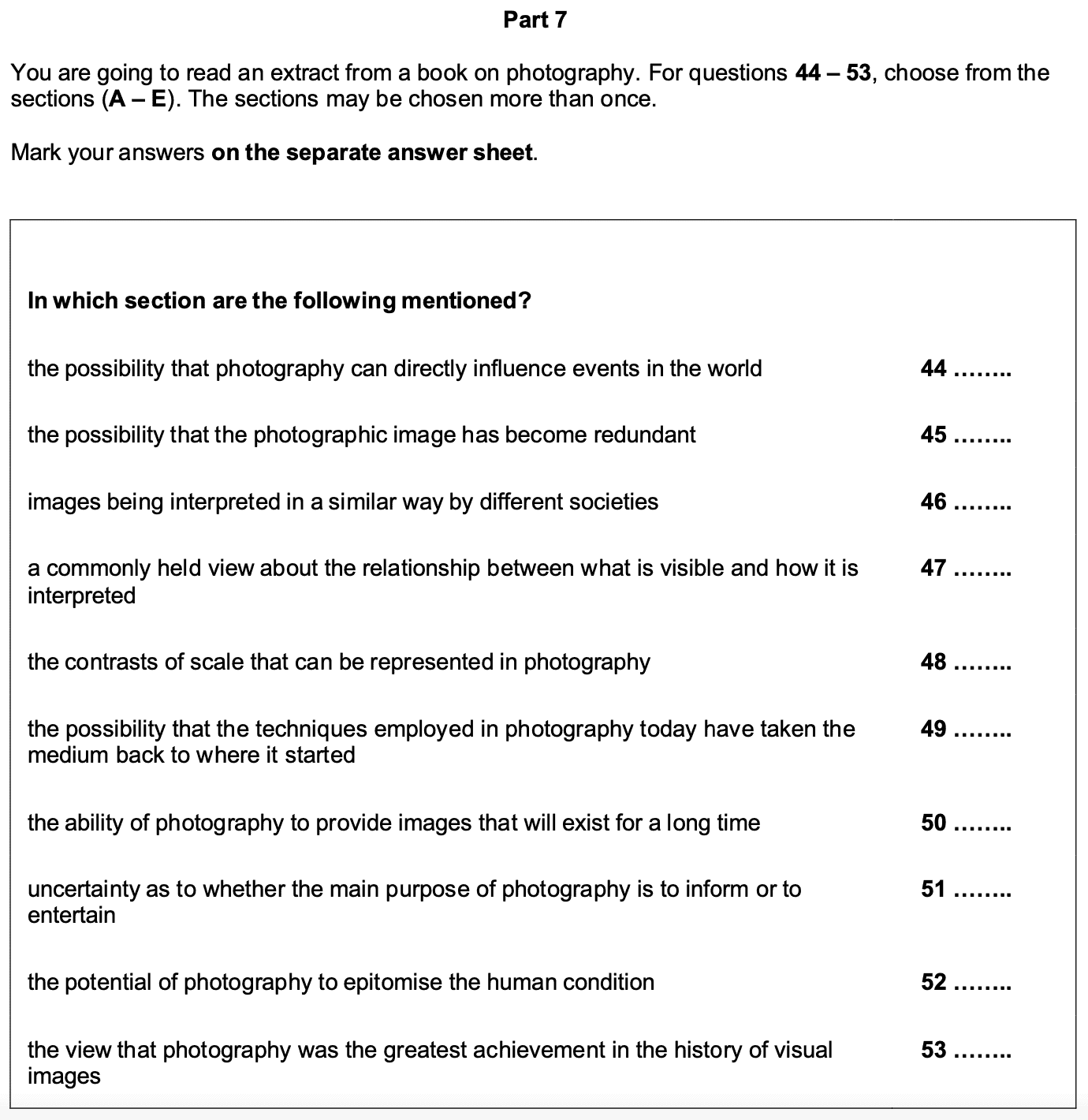
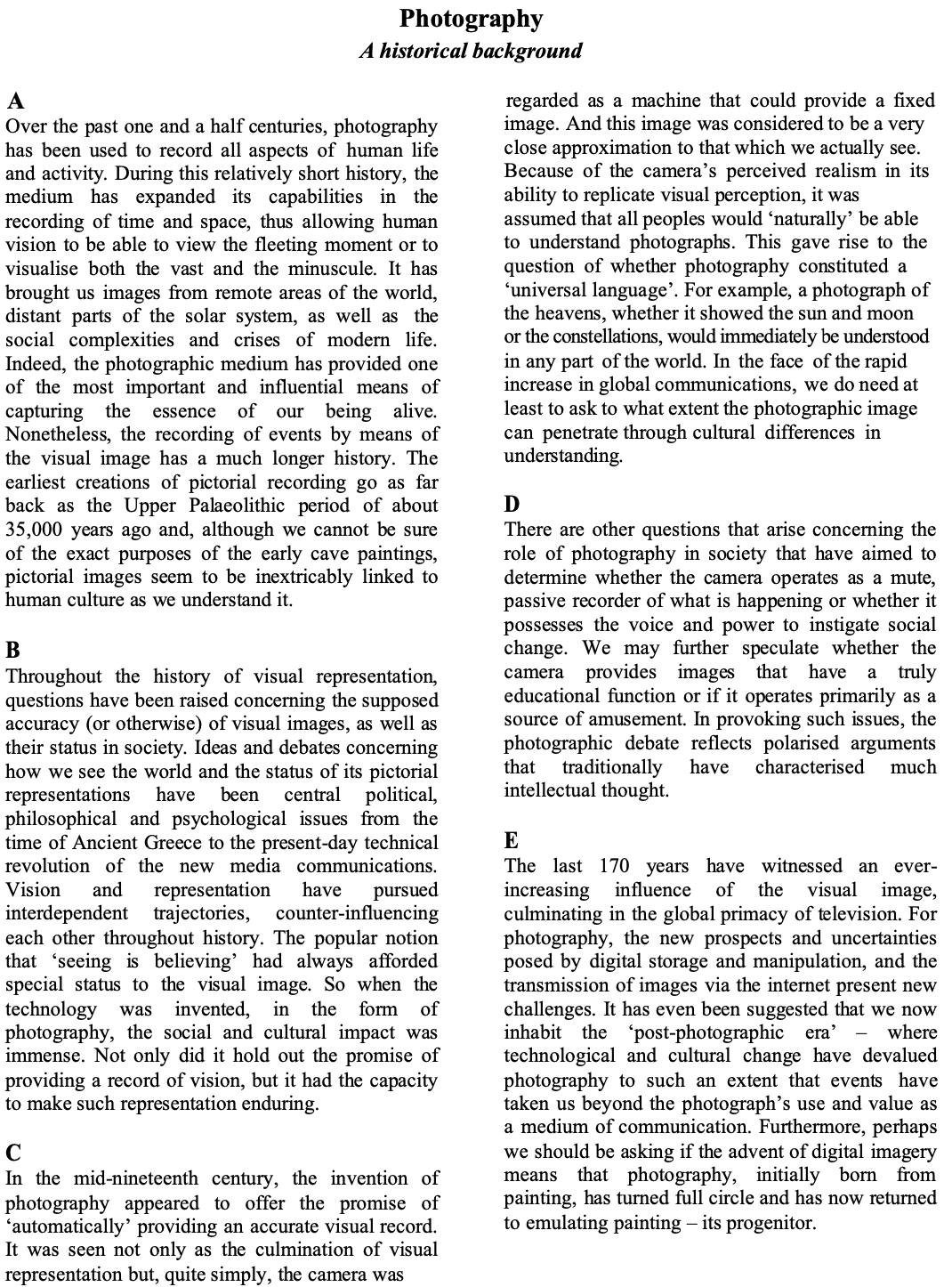
Tips for acing part 7 of the C2 Proficiency Reading and Use of English paper
Based on the sample task above, here are some tips to ace part 7 of the C2 Proficiency Reading and Use of English paper:
1. Settle on an approach before the exam
Realistically, there are two approaches you can take to handle this task:
(a) matching information/points to sections/texts: you can look at the ten numbered prompts and then look through the sections/texts to find the lettered section/text which matches it.
(b) matching sections/texts to information/points: you can read each lettered section/text and then go through all the numbered questions to locate which one or ones match it. Of course, a section/text may match more than one of the numbered questions.
Both approaches have their flaws. For example, with approach 1, more than one section/text may contain something closely related to the question. However, only one will contain something that precisely matches that question.
As for approach 2, a major drawback is that a question may be closely associated with something in the section/text you are dealing with, and yet not be the correct answer. To be the correct answer, a question must precisely match something stated in that section/text.
Personally, I prefer approach 1 as it involves a reading technique known as scanning. Scanning is reading rapidly in order to locate specific facts or pieces of information. I just feel that approach 2 is more laborious as you have to read each section/text more slowly and carefully to make sure you don’t miss a numbered question which matches a section/text.
2. The need to recognise paraphrases and synonyms
Aside from strategies such as skimming, scanning and being able to discount ideas which may appear similar, one of the main abilities you need to have to get a top score in part 7 is recognising synonyms and paraphrases.
In essence, you need to compare keywords and phrases in the numbered questions and identify them in paraphrased form in the main text. These paraphrases may take the form of fixed expressions, idiomatic expressions or general paraphrasing of the main idea you need to identify.
The example below highlights that there may not be a direct synonym to synonym relationship between the question and the text. Indeed, you may have to locate a subtle paraphrase in the text:

A standard dictionary definition of epitomise is “be a perfect example of”. Only an excellent candidate will relate “epitomise” to “capturing the essence of”. However, there are other clues within both the question and section A to lead candidates to the right answer. For example, “the human condition” (in the question) can be connected with “our being” (in section A).
Questions in this part often have two elements, such as a writer’s surprise at being confronted by a difficult situation. You may find evidence of a difficult situation in a particular section of the text and conclude that you have found the answer despite the fact that no surprise is expressed.
The example above regarding “the potential of photography to epitomise the human condition” illuminates the extent to which you need to train yourself in finding a paraphrase of the whole idea in the question, as opposed to just one element of it. In essence, the objective of the task is matching ideas. Look for the place in the text where the same idea (in the question) is expressed in different words and phrases. Finally, don’t fall into the trap of looking for a word in the question being repeated in the text. This will not be the answer, just a distractor.
Final Thoughts on the C2 Proficiency Reading Section
This extensive guide on all of the tasks belonging to the reading part of the C2 Proficiency Reading and Use of English paper has hopefully alerted you to the fact that you need to read as widely as possible before the exam. This will ensure that you become familiar with language items ranging from words and phrases to idioms and phrasal verbs.
The Reading section contains different text types. Therefore, you should aim to read a variety of authentic texts before the exam, including short stories, modern fiction, non-fiction books such as biographies and online newspaper and magazine articles.
Finally, I recommend you to tackle the more complex Reading tasks (parts 5,6 and 7) before the Use of English tasks. First of all, half of the marks for the Reading and Use of English paper come from the final three parts. Secondly, as the reading parts are complex and require a great deal of concentration, you don’t want to do them when the pressure’s on and you’re in a rush if you happen to spend too much time on the Use of English tasks.
References:
Cambridge Examinations Publishing, (2002) Cambridge Certificate of Proficiency in English 2, Cambridge: Cambridge University Press
Harrison, M., (2014) Proficiency Testbuilder, 4th edn. Macmillan Education
Extras
Contact me for help with preparing for the C2 Reading and Use of English paper
Solutions to the C2 Reading sample tasks in this post
